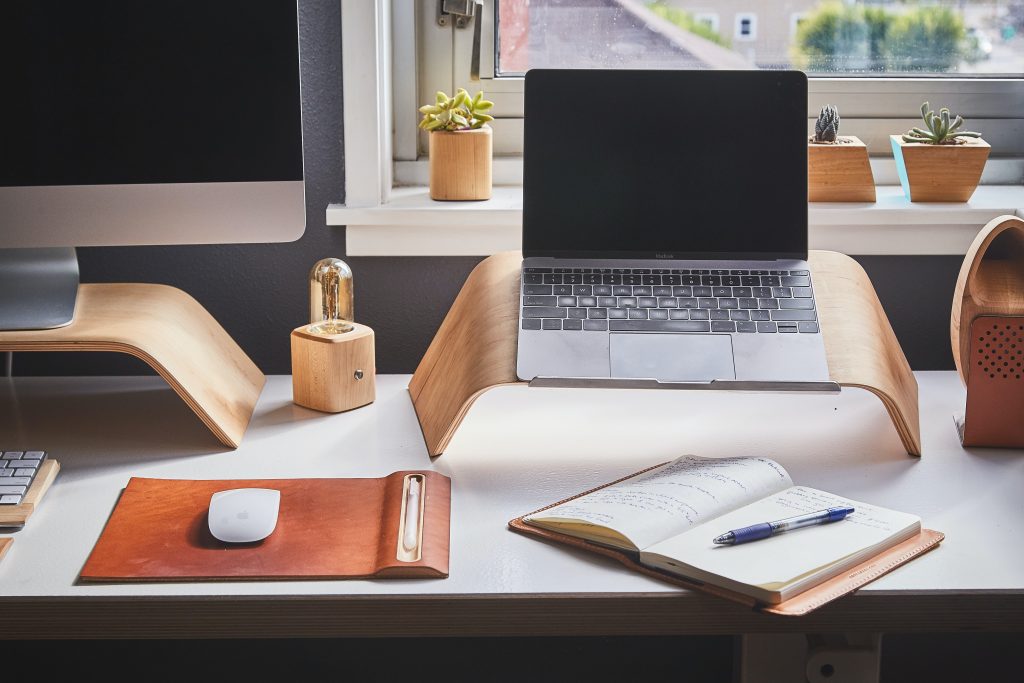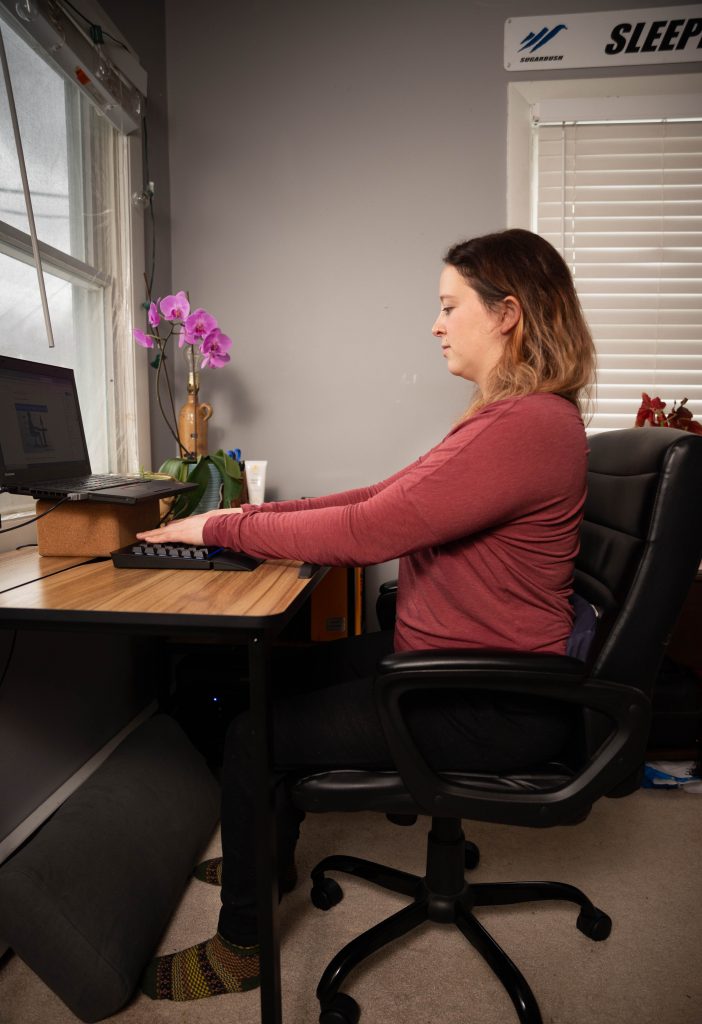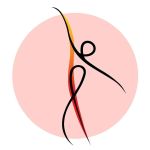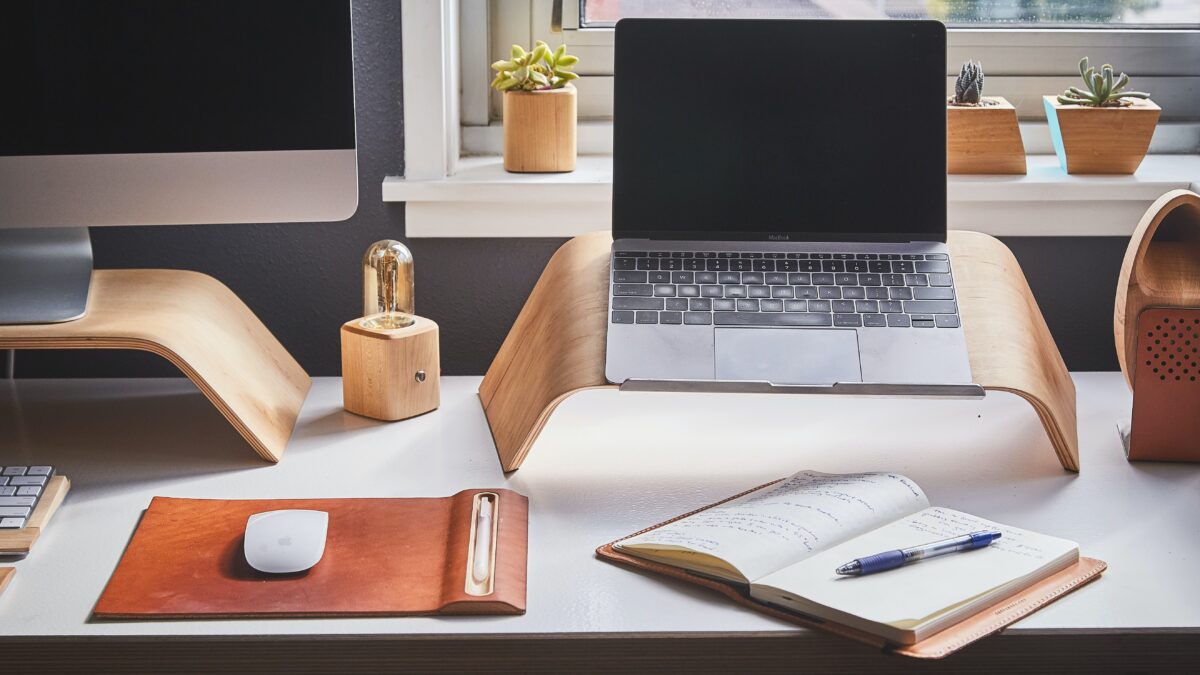Ergonomic Office Set Up Tips & Pain Relief Exercises for Desk Jockeys

When you set up your home office, you are probably focused on finding a quiet space where you will not be disturbed. Ideally, you would have a desk, a chair, and good lighting. With an increasing number of people beginning to work from home, the question has to be asked, what effect does working from home have on the body?
Tension builds up slowly in the body. Day after day spent crouched over at your desk will eventually lead to subtle imbalances in the muscles. The same way calories build up and become excess fat unless we exercise, tension accumulates in the muscles until we either remove it or injure ourselves.
“If you don’t make time for your wellness you will be forced to make time for your illness.”
Joyce Sunada
Addressing tension is as simple as incorporating simple stretch and strength exercises into your routine. We all know that you need to stretch after a workout, but what about those of us who spend more time at a desk than at the gym? We need to stretch to relieve tightness in the shoulders, neck, and chest, and we need to strengthen the muscles in the upper back to improve our seated posture.
Home Office Ergonomics
Having an ergonomically correct workstation is just as essential as having the right mattress. You spend a lot of time here so it’s important to get it right. Be sure to ask your employer if they will partially finance your home office. Many offices are funding their employees’ setups.
Our tips for an ergonomically correct home office are:
- Set up your computer so that your eyes are ⅔ of the way up the screen. If you are using a laptop, use yoga blocks or this DIY laptop stand to raise the screen. This ensures that you are not putting too much strain on your neck by constantly looking down at your screen. You may also need a separate keyboard for proper arm positioning.
- Pay attention to your arms. The armrests of your chair should line up with your desk so that your elbows are at 90 degrees and your wrists lie flat.
- Sit up straight. Put a stool under the desk to keep your knees at 90 degrees and try not to spend too much time cross-legged or leaning to one side. If your feet can’t reach the floor with your knees at 90 degrees, you may need to add a block or footstool for support,
- Buy an ergonomic chair. You pay more upfront, but you pay less in medical bills fixing the ensuing back, neck, and sleep problems. Check out my recommended chair.
Here is a photo of the ideal setup

You don’t have to have perfect posture all the time, but setting yourself up for success is crucial to your home office health.
Meridian Treatments for the Desk Jockey
People who work at a desk frequently have the same physical complaints. Poor posture at your desk makes your chest too tight leaving you hunched over. Your back, on the other hand, is overstretched and weak. Your hip flexors are shortened by hours spent in the same position, and the place where your hamstring attaches to your glutes is overstretched from the same. Your hamstrings actually suffer at both ends, the knee attachment is shortened from being constantly bent.
You know how we love to relate physical body issues to the meridians. The meridians involved in what we call “desk jockey syndrome” are:
- Lung (Pecs/Biceps/Delts)
- Large Intestine (Traps/Delts)
- Pericardium (Pecs/Biceps)
- Skin (Delts/Traps/Triceps)
- Appendix (Lats)
- Thymus (Delts)
- Sexual (Hip Flexors)
- Brain (Hamstrings)
Use this set of 8 exercises to open up through the chest and shoulders, address tightness in the hip flexors, and weakness in the hamstrings.
The meridians have the added benefit of addressing underlying emotional, spiritual, or mental issues that may be emerging with the constant strain on your muscles. If you feel an excess of stress or anxiety associated with your new work-from-home routine, look to your emotional meridians for guidance.
- Liver (Collaborative – Co-Dependent)
- Sexual (Focused – Unfocused)
- Bladder (Promotional – Self-Absorbed)
- Small Intestine (Creative – Depressed)
These exercises can help rebalance your mental, emotional, and spiritual selves so that you can be at your best even when you are working from home.
Other Desk Jockey Treatment Recommendations
Go to Jill Miller’s website- You can download one free video and my favorite is the 5 or 10-minute neck exercise. It can be done at your desk, at the beginning and end of your workday.
Yoga Tune-Up Balls- If you are interested in trying these yoga tune-up balls, I sell them at my office. They’re a bit harder than a racket ball and can be used to massage back and neck muscles.
How do you know if you need a new home office set up?
You know if you need a new home office set up if you get up after a day of work and your shoulders, neck, and back are stiff, tight, or painful. Being healthy is a process. You can’t wait until problems derail your life before finding a solution. Doing the meridian exercises every day is a great place to start.
However, if you are already experiencing pain from your home office setup, you may need a little extra attention and care. We are open and want to help. Check our schedule for a deep muscle mashing appointment or assisted flexibility and strength training. Get the attention you need and deserve, and get some tips to set yourself up for success in the future.
NOW ACCEPTING NEW CLIENTS!
Having trouble with your neck, back, and shoulders? Infinity is here to help! Book an appointment today with Mindbody or send us a message.
Emma Matthies
Related posts
Categories
- Flexibility & Strength (13)
- Healing for Meridians (10)
- Holistic Lifestyle (5)
- Lymphatic Drainage (7)
- Massage (4)
- Meridian Archetypes (19)
- Spiritual (1)
- Traditional Chinese Medicine (12)



